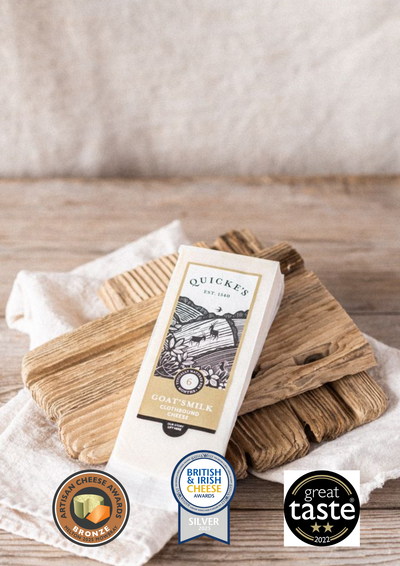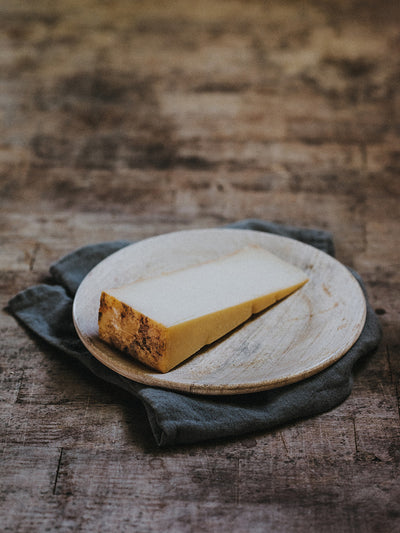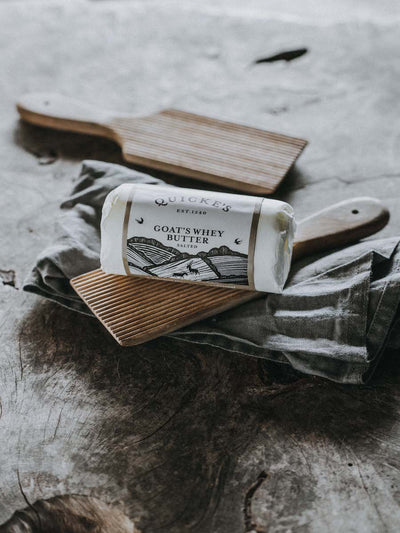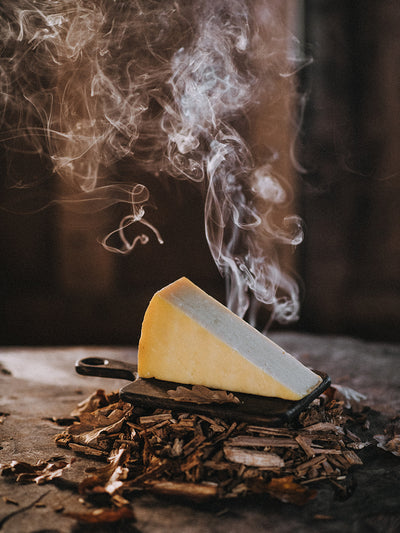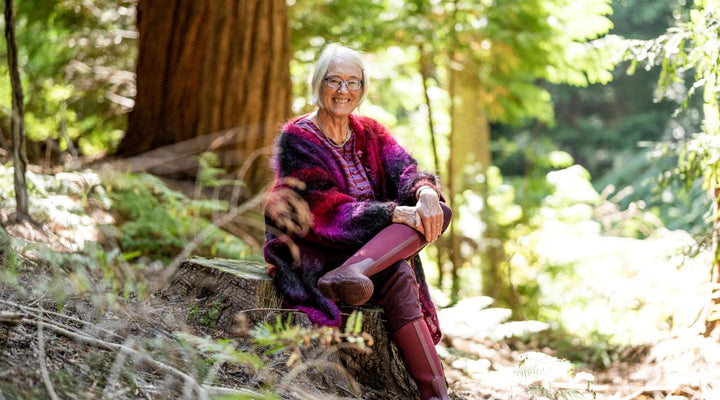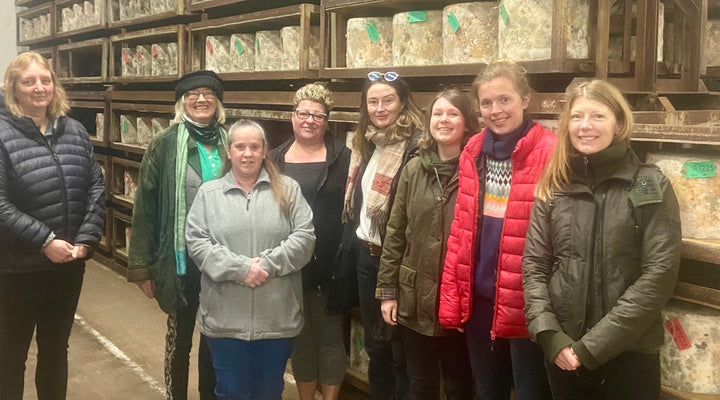NATURE
The cool weather has lengthened the exquisite beauty of this year’s spring. It always comes as a surprise: those leaves weren’t unfolded from their tight buds yesterday, and now they are. It’s just the last of the beech leaves left to open in early May, intricate origami emerging on a warm afternoon. They grow in folded form inside each bud, a feat of mindblowing 3-D construction. Every horizon changes each time you look. The myriad greens, tinged with yellow and red, are a symphony of green playing to the beat of the sun that gets higher every day.
Everywhere is a ferment of growth. I found some empty slow worm eggs in the compost heap. Then I spied a tiny slow worm, a few inches long, while I was weeding my fruit garden, a beautiful copper colour wriggling away from me.
ARABLE
The crops are in their teenage surge of growth: from lawn to stately ears in a few short weeks. The embryo ear moves up the stem, becoming in a month a green flower simulacrum of a ripe ear. The sequence of growth is as old as the grass family itself – they provided grazing for dinosaurs. In front of our eyes, the ancient dance happens, stems lengthen, strengthen and ears start peeping out from the shelter of the flag leaf all in this one month.
The other tribe of the grass family, the grass our animals graze, is also growing like crazy. It too would like to make stately ears. The cows prefer rich and tender leaves to harder-to-digest stalky stems for making milk. Our planning goes to making sure the animals graze the grass just at the perfect balance of leafy and bulky. We cut some of the grass whose ambitions to grow to get ahead of the cows’ appetites. Conveniently, that is the amount of grass we need to pickle as silage to take all that lush growth to feed the cows in the winter. That’s when we call in the whole dramatic cavalcade of silage machinery. We mow and let the grass dry a little in the sun. We row it up, and tractors and trailers chase the forage harvester around the field as it picks up, chops and throws the grass into the trailers. It’s a dance of large machines that sees almost every last blade of grass find its way into trailers. Back to the pit and into a pile to ferment. I made some Sauerkraut with Jolita, one of the lovely ladies who cared for my mother in her last days. Grass sauerkraut is what we make: no salt, just macerating the grass, rolling it down and excluding the air in a huge sauergrass heap. Ready for the cows in the winter.
COWS
For now, the animals are out getting all that goodness direct from the growing plants out in the field. It’s warm enough for even the youngest calves to nibble the fresh shoots. The older heifers are out exploring our beautiful farm: hills and valleys, meadows and hedgerows. The hedgerows are at their most bountiful, scenting the air with blossom of every kind, and rioting into the field edges with flowers. The animals nibble into the hedges, getting additional nourishment and medicine unplanned by us.
The Spring calving cows are gagging for it, some for weeks, and by the end of the month, we satisfy their desire. First, they get the AI man, to get the best bulls for grazing and cheesemaking from around the world, now with sexed semen to make more dairy heifers. If that doesn’t satisfy the cows, we now have a very winning team of four little coal-black Angus bulls ready, willing and able. After a lot of practice with their friends, and a couple of goes with the AI man, what more could a girl want?
DAIRY
The milk is rich and frisky, just like the cows and the season. The milk settles down to a beautiful grass-fed balance. Hard work in the dairy as temperatures rise and the milk keeps coming. Get the curd cool enough, make sure the cheese rinds are perfect and the cheeses don’t produce gas from warm curd. After making, dressing and pressing the cheeses for four days, off they go to the nursery store to be tended and turned while they start to develop their delicious and firming moulds.
We take last year’s cheese out of the store, produced in all that mad Covid time. The cheese doesn’t know the ructions of the human world and still tastes just as good. We cut it up, pack it up, and send it out for people to enjoy.
RECIPE
Pasta salad with wild garlic: Picnics are the game, now we can meet up outdoors. Collect more wild garlic than you think you will need. Pick some wild garlic flowers, keep them separate. Wash and spin the wild garlic. Cook pasta shells in slightly salted water till al dente, and drain, cooling a little in cold water, then drain. Add a generous amount of good olive oil. Chop the wild garlic fairly finely. Grate a generous amount of Quicke’s Traditional Mature Cheddar and mix it in. Season with black pepper. Spread the wild garlic flowers in their umbels over the top as a little garlicky crunch. It’s a very addictive combo.
Mary Quicke

